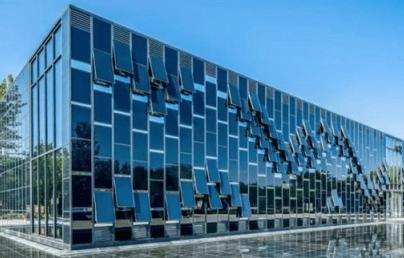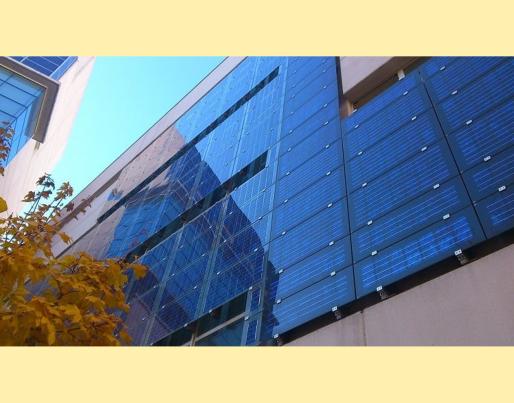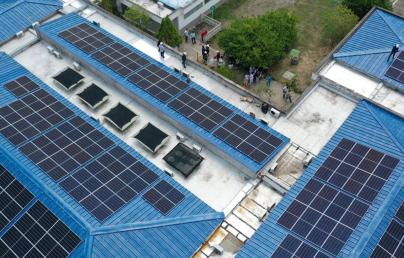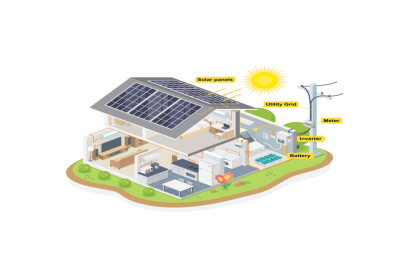
Solar architecture: Photovoltaic integration is reshaping the sustainable urban landscape

Solar architecture: Photovoltaic integration is reshaping the sustainable urban landscape
Building-integrated photovoltaics transform façades and rooftops into clean energy generators. This solution merges architectural design with energy efficiency to foster more self-sufficient cities.
[photo caption Source: Hanjin/Wikipedia]
Urban energy transition is progressing steadily, driven by the integration of clean technologies into the built environment. One of the most promising solutions is building-integrated photovoltaics (BIPV), which enables façades, rooftops, and architectural elements to function as solar energy generators without compromising the aesthetics or functionality of urban design.
This technology not only contributes to the decarbonisation of the building stock but also optimises space usage in densely populated areas. By being embedded directly into construction materials, BIPV systems eliminate the need for additional structures, reduce long-term costs, and enhance the energy efficiency of buildings. Moreover, their implementation aligns with European goals for climate neutrality and urban resilience.
The development of targeted regulations, financial incentives, and digital design tools is accelerating the adoption of these solutions in both new builds and renovation projects. In this way, the architecture of the future is emerging as an active engine of energy generation, where every square metre plays a role in the fight against climate change.

